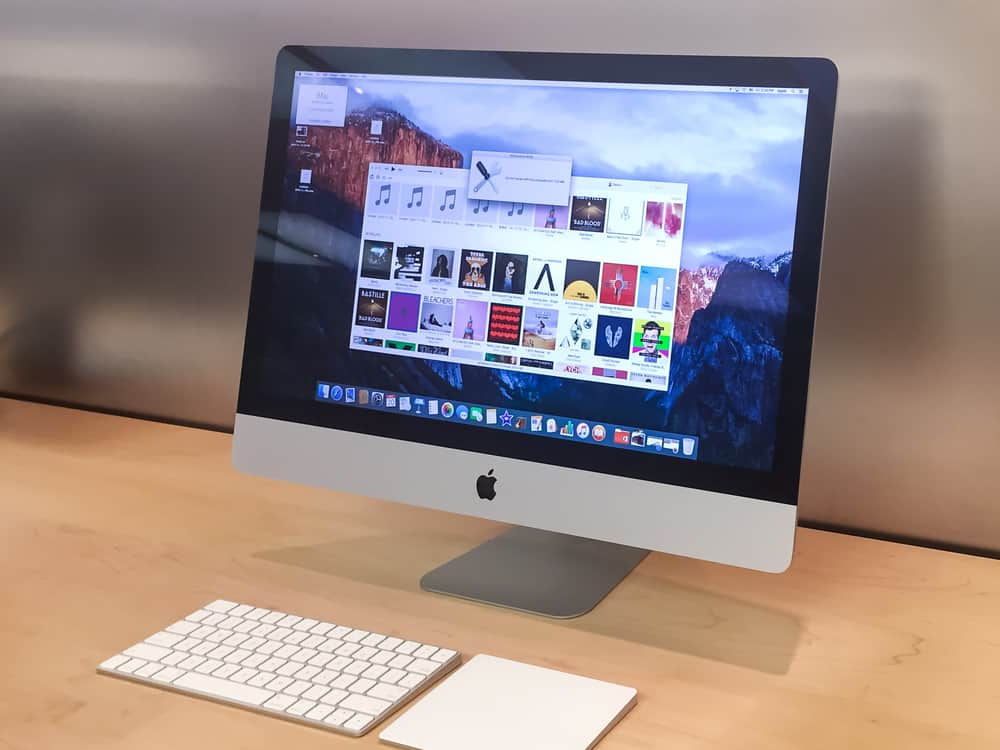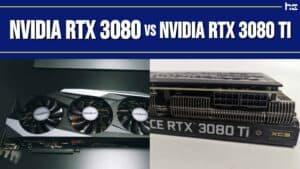iMac vs. iMac Pro: 5 Must-Know Facts
- Both the iMac and the iMac Pro are offered with 27-inch displays.
- Both iMac and iMac Pro come with fast processors and speedy memory.
- The iMac Pro is offered with a Xeon processor as opposed to the Intel Core processor.
- Both systems come with a wireless mouse and keyboard.
- Both iMac and iMac Pro run the latest version of macOS.
It can be hard to tell the difference with the iMac and iMac Pro, especially with such a similar design. While the iMac Pro may look like a more powerful system, the latest iMacs may actually offer a better value. Additionally, if you’re shopping around for the best Apple all-in-one, the wide range of different specs can get a little confusing.
In today’s article, we’ll explore the differences between the iMac and iMac Pro. Is the iMac Pro really better than a standard iMac, as the name implies? Or would your money best be spent on an upgraded 27-inch regular iMac?
Let’s find out with full side-by-side comparisons, features, and honest reviews.
iMac vs. iMac Pro: A Side-by-Side Comparison
| Standard iMac 27-inch | iMac Pro 27-inch | |
|---|---|---|
| Processor | Up to 10-core Intel Core i9 | Up to 10-core Intel Xeon |
| RAM | Up to 128GB DDR4 | Up to 256GB DDR4 ECC |
| Storage | Up to 8TB SSD | Up to 4TB SSD |
| Graphics | AMD Radeon Pro 5500XT | AMD Radeon Pro Vega 64X |
| Max V-RAM | 16GB | 16GB |
| OS | Latest | Latest |
iMac vs. iMac Pro: Pros, Cons, and Features
Audio and Video
Both iMacs have essentially identical audio and video features. If you enjoy watching a movie or blasting some music, you’ll love the iMac and the iMac Pro for their speakers. The dual stereo speakers in both systems sound fantastic, although there is no benefit offered by one system over the other.
Both systems offer a 3.5mm headphone port for connecting your wired headphones. You also get support for the “Hey Siri” feature, similar to an iPhone.
Additionally, both systems offer the same webcam and microphone support. With a 1080p HD webcam and three-mic array audio system, you can easily enjoy crystal clear video calls. Overall, there are no significant differences between the iMac and the iMac Pro’s webcam and microphone system.
Ports and Connectivity
Looking at the connectivity offered by each system, you’ll find it difficult to spot any differences. Both the iMac and the iMac Pro offer almost identical ports for connecting your peripherals and external monitors. However, the iMac Pro does offer two additional USB Type-C ports.
Along the back of each iMac, you’ll find an SDXC card slot, four USB-A ports, two or four USB Type-C ports, and a gigabit ethernet connector. For wireless connectivity, both systems have Wi-Fi and Bluetooth capabilities.
Display
If you are hoping for the iMac Pro to have a better display than a standard iMac, you’ll be disappointed. However, that’s not to say that the screen is unsatisfactory. In fact, it is quite the opposite. Both systems offer a beautiful 5K Retina display, with superb 5120 by 2880 resolution. Additionally, the image quality is flawless with True Tone technology and “nano-texture” glass.
The incredibly slender design of the iMac also means that the whole system takes up only a tiny amount of space on your computer desk. With such a thin bezel surrounding the screen, the image stands out in an impressive way.
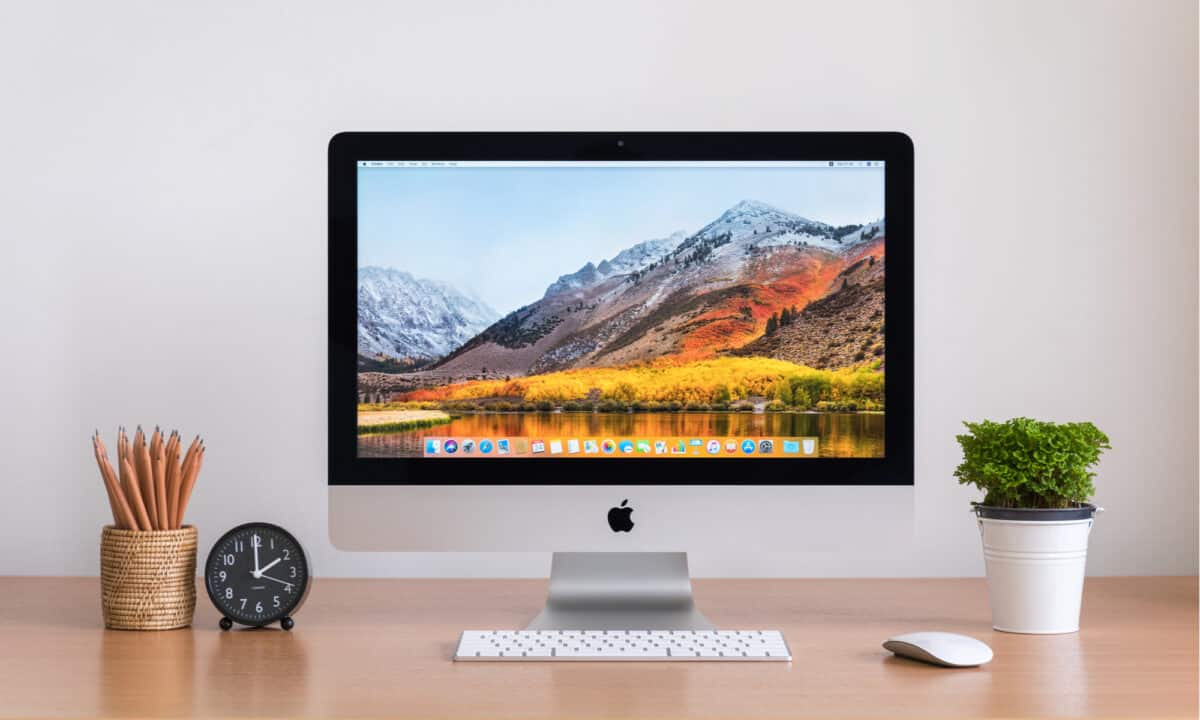
©Krisda/Shutterstock.com
Software
Both the iMac and the iMac Pro have full support for the latest version of mac OS. You have everything you need to start using your computer, with built-in tools like iCloud for backing up your photos, Garageband for music production, and Safari for web browsing.
While there are no differences in the software offered on each iMac, the end of support date is still unknown for each model. Due to the difference in processor architecture, Apple may discontinue support for one of these models before the other. It isn’t possible to know which one will get the hook from Apple first, since the latest Macs don’t rely on Intel Core or Intel Xeon processors but on Apple’s own M2 chip.
iMac: The Full Story
Apple has been producing the iMac lineup since the late 1990s. Since then, no other all-in-one desktop computer has enjoyed as much popularity as the iMac. Throughout each generation, Apple continuously improved its design and offered increased performance.
As opposed to the early G3 iMacs that used single-core processors and CRT displays, the newest iMacs have 5K retina displays and up to 18 cores.
Even with such great success, the iMac was never the first choice of demanding professional users. If you wanted the most powerful workstation, you had to get a Mac Pro.
While the Mac Pro never enjoyed the popularity of the iMac, it made up for it by offering a niche level of high performance. The Mac Pro was Apple’s only desktop tower computer, and it stood out from the rest of Apple’s lineup by being highly expandable. The unique selling point of the Mac Pro desktop was the Xeon server-grade processors. With Xeon processors, you could have a much higher core count and address higher RAM capacities.
Apple’s desktop segment had been dying off throughout the 2010s, and the Mac Pro suffered from infrequent model updates. In fact, from 2013 to 2019, the Mac Pro kept the same design and hardware specifications with no significant changes.
In contrast, the iMacs offered at this time were getting model refreshes yearly. However, they were underpowered and didn’t offer nearly the same level of performance and upgradeability as a Mac Pro.
Introducing the iMac Pro
When Apple released the iMac Pro in 2017, it shocked the world. Most of the Apple community had initially suspected that the company was planning to discontinue its desktop Macs entirely. After all, sales had been declining for several years in the desktop Mac sector. The iMac Pro launch was an attempt to regain some of its lost desktop market share.
While the iMac Pro had impressive specs, its popularity never took off. In 2021, Apple would discontinue the 27-inch iMac altogether with the release of the 24-inch M1 iMac. This would be the final nail in the coffin for both the iMac Pro and standard 27-inch iMac.
However, if you are still shopping around for a 27-inch iMac, you’ll hardly find a good value in the iMac Pro. In fact, when fully upgraded, the standard 2020 iMac offers much better performance for the money. The maximum storage capacity available on a standard iMac is actually higher than an iMac Pro.
Additionally, if you look at the features present on the 27-inch iMac, you’ll notice that you get many of the same capabilities. You can still enjoy the increased performance of the T2 security chip on a standard iMac. This was initially one of the strongest selling points of the iMac Pro, but now it is available on all iMacs.
The bottom line is that iMac Pros are no longer a good value. While the iMac Pro was the best Apple all-in-one that you could get when it first came out in 2017, it was quickly surpassed by the standard iMac just a couple of years later.
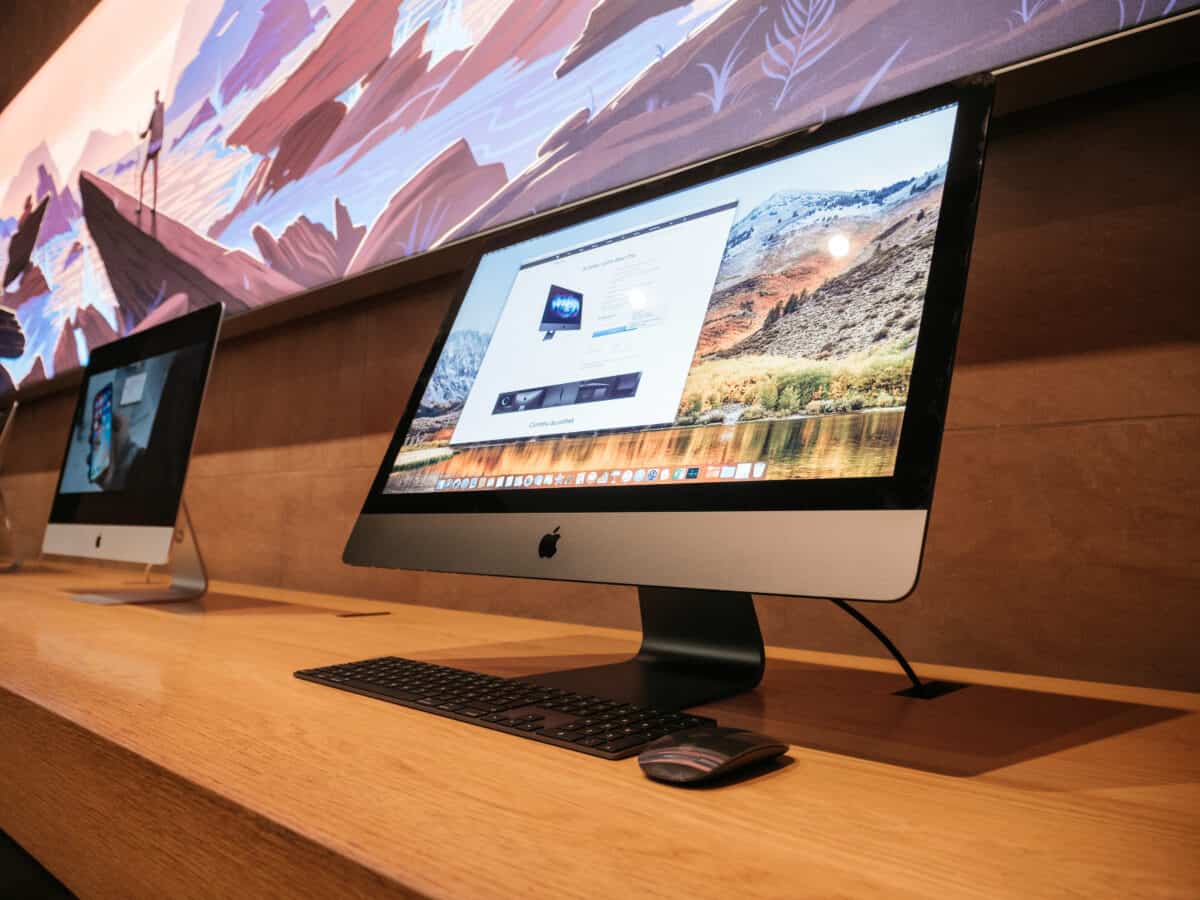
©Hadrian/Shutterstock.com
iMac vs. iMac Pro: Which One is Better? Which One Should You Use?
While the iMac Pro is an impressively powerful desktop computer, the standard 27-inch iMac is often the better value. When you consider that Apple discontinued the iMac Pro after 2017, it becomes clear that this model was unsuccessful.
Though Apple tried to capture some of the workstation computer market segment to make up for declining desktop sales, the iMac Pro was a failed effort.
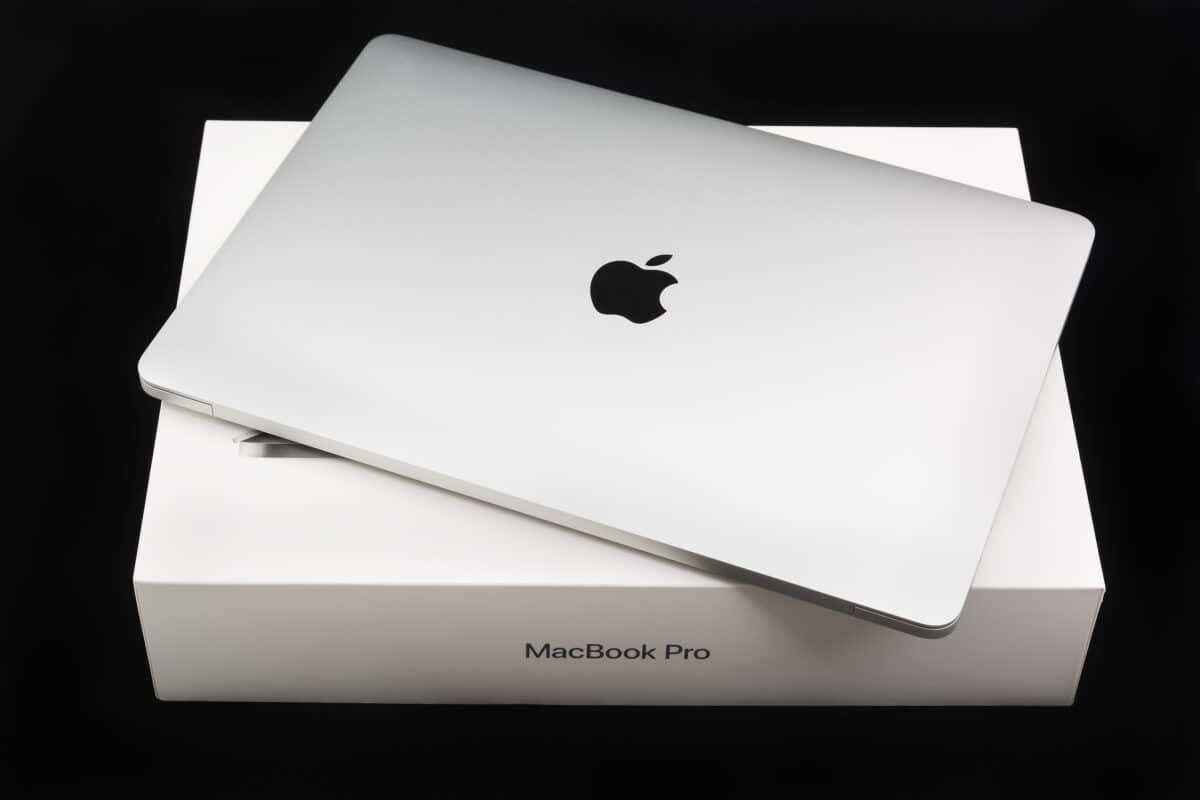
MacBook Pro Retina Display with Touch bar and a Touch ID sensor integrated into the Power button.
©D_Zheleva/Shutterstock.com
Luckily, Apple realized this mistake and released an update to the standard desktop tower Mac Pro in 2019. If you need a workstation computer for intensive applications, the Mac Pro is your best choice. On the other hand, if you want an all-in-one with a high-quality display, the standard iMac is the best value.
If you are looking for the best all-in-one computer, you would be best served to stay away from the iMac Pro.
Next Up…
- What is the Artemis Program? Everything You Need to Know
- History of Electric Vehicles
- Hubble vs James Webb Space: Two Telescopes Compared
The image featured at the top of this post is ©Canadapanda/Shutterstock.com.
